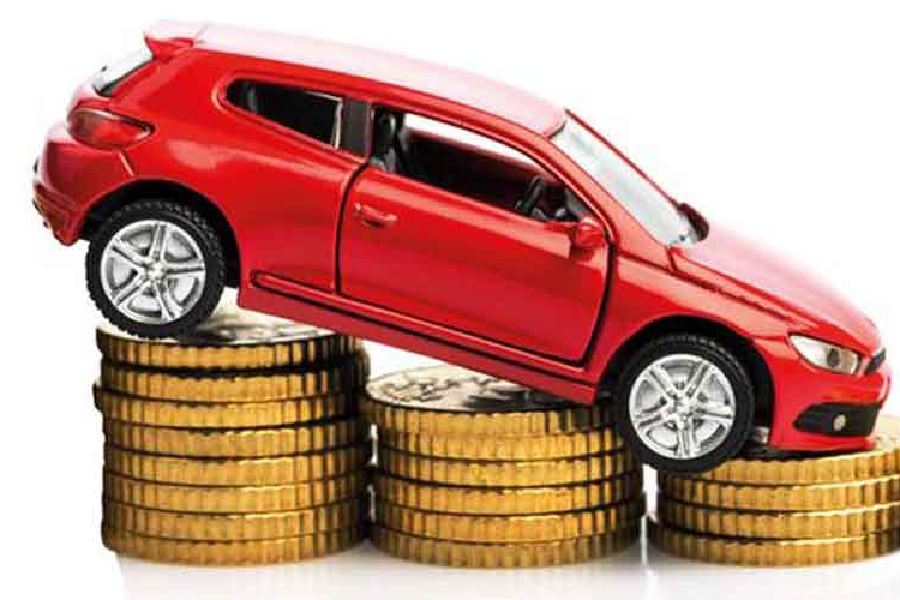The slowdown in India’s rural areas has put the brakes on sales of cheaper entry-level cars and two-wheelers while weather-roiling El Nino’s impact on the monsoon could mean even grimmer times ahead for the segment.
But it’s been exactly the opposite story in urban India where pricier feature-packed passenger and utility vehicles have been racing out of showrooms. In that market, too, though, there may be speed bumps ahead too due to price rises, costlier borrowing and economic uncertainty.
Already, auto dealerships report that while new car enquiry levels are holding up nicely, the crucial enquiry-to-purchase conversion ratio is slipping.
Passenger vehicle sales surged 27 per cent in the financial year 2022-23 to hit a new peak of 3.8 million, and, amazingly, this was despite the slowdown in entry-level car sales where the biggest numbers are usually recorded, figures from the Society for Indian Automobiles show.
The passenger vehicle sales have been driven by the public appetite for upmarket utility vehicles. “There’s been a decided shift toward UVs,” a senior sector analyst said. Sports-utility vehicles made up more than half of the record number of passenger vehicle sales last year.
Commercial vehicle sales too approached in fiscal 2022-23 their earlier 2019 peak of 1 million, spurred by the government-led infrastructure push. CV sales climbed 34 per cent to 962,468. “There has been very strong infrastructure spending,” the analyst said. And with an election on its way, that’s seen continuing, he said.
CV sales suffered a major blow in 2020-21, falling steeply from around 1 million to below 800,000. That downturn was largely triggered by the government’s pre-election move to change the axle-load norms and thus allowing CVs to carry higher loads. This year they have recovered to 962,000.
A year ahead of the 2019 election, the government boosted the maximum-load carrying capacity by 20-25 per cent. That meant fleet owners needed fewer trucks to carry the same load. Said the industry analyst: “It was a compromise with safety taken for political reasons. It immediately hit sales badly.”
Then, there was also the pandemic which dealt a further knock to the CV segment as the economy slowed sharply.
Even before Covid-19 struck, the economy had been slowing so CV sales had been starting to wane but “the pandemic meant of course that the recovery took more time,” the analyst said.
Now, though, “while the industry took time to come back, it came back quite strongly.” the analyst said.
But that kind of massive percentage sales rise in the last fiscal year may be a one-off. ICICI Securities expects passenger vehicles sales growth this year to slow to six-to-eight per cent.
Tarun Garg, chief operating officer of Hyundai Motor India told Autocar Professional that while the company’s order book was strong, “one cannot sustain 23-24 per cent growth” given the rise in the base numbers.
“It’s more reasonable to expect “healthy” single-digit growth,” Garg said. Also, “there are many global uncertainties — like banks going bust, trade wars etcetera. We are a little bit concerned about that and we are watching carefully how these factors pan out,” he said.
This year’s strong passenger sales figures mask the reality that some segments of the population, especially in rural areas, aren’t doing so well. And with the expected arrival of El Nino threatening to play spoiler with this year’s monsoon, distress in India’s farming sector could deepen.
At the lower end of the vehicle buying range, there are signs of how the post-Covid economic recovery has been what some economists have called “K” shaped – the fortunes of certain segments of are thriving and rising while others’ fortunes have stagnated or worsened. “Some people and businesses are doing really well but others are still struggling,” said the analyst.
“We’re seeing stress on the entry-level vehicles, whether they’re entry level cars or two-wheelers that shows that there is a stretch currently in the rural economy that continues,” the analyst said. “The rural economy is quite challenging for sales.”
Two-wheeler sales are traditionally seen as proxy for rural demand. They were up 16.8 per cent to 15.8 million units in 2022-23. But shockingly, that figure is still below 2014-2015 levels. Three-wheeler sales rose by 87 per cent to 4.9 million units, helped by higher demand for passenger carriers – but that’s still lower than in 2010-11.
Rural India “has yet to show significant progress,” said Manish Raj Singhania, who’s president of the Federation of Automobile Dealers Associations (FADA).
In fact, the latest unseasonal rains and worries about the monsoon may spell more gloom for the two-wheeler industry which is already contending with high input costs. Unfavourable weather conditions in April caused “crop damage in several states, exacerbating farmer concerns and potentially impacting entry-level two-wheeler and passenger car sales,” FADA said.











